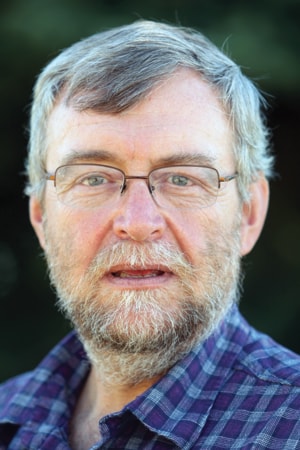Attawapiskat band Chief Theresa Spence is in the fourth week of her hunger strike protesting the terrible living conditions on her reserve.
Meanwhile, the Idle No More movement is growing among people tired of the bureaucratic stalemate of governance on reserves. That process looks a lot like way the Occupy movement grew.
Spence wants a face-to-face meeting with Prime Minister Stephen Harper to begin a wider conversation about conditions on Canada’s 625 reserves.
There’s no meeting yet, but that doesn’t mean Harper’s government has been idle on the native affairs portfolio. Beyond the foolishness of lumping his total program into one omnibus bill (which impacts industrial development on waterways on — and off — reserves) legislation has been waiting in the wings that could break the cycle of poverty for First Nations people. If they chose to make use of it.
It’s called the First Nations Property Ownership Act, and it’s been a years-long project of former Kamloops band chief Manny Jules.
A recent article in Forbes magazine deploring poverty on American reserves mentions Jules and the act as a potential saviour for natives in the U.S. That article suggested the act could have been passed here by the end of 2012.
Well, 2012 has come and gone and the First Nations Property Ownership Act has still to make it to the order paper. But that doesn’t mean discussion hasn’t already been taking place.
Briefly described, the act would transfer ownership of reserve land to the band councils on those reserves where members express a desire to gain land titles. Currently, the Crown is the title-holder of all reserve lands.
The issue of ownership became the first agent of the grief that has grown on our reserves since the Indian Act was passed way back in 1876.
Culturally and historically, native property is collectively owned. Except for a few exceptions, individual band members cannot buy, mortgage, improve or sell property on the reserves without permission.
Collective ownership worked fine when all of Canada was native land, but as soon as settlers arrived with laws and papers delineating who owns what, that system could not survive.
Now, it turns out that when everyone owns the reserve, nobody does. And people with no property rights have a difficult time moving out of extreme poverty.
As Jules told reporters: “Because of the Indian Act, we’ve been legislated out of the economy.”
Under the act he’s promoting, participating bands would have a hybrid of powers most us associate with municipalities, provinces and the federal government.
It’s about self-determination; the new act would give bands the power over schools, hospitals — and most importantly — zoning regulations. If someone wants to develop land for housing or build an industry based on the reserve’s resources, they would no longer have to have everything cleared by bureaucrats in Ottawa who (as title owners) are more concerned with liability issues than progress.
There are fears that if individuals owned reserve property, they could sell it to people off reserve, and eventually the last bastions of native land would be cut away piecemeal.
But white people already own 100 per cent of the reserves.
These owners — the Crown — has allowed the sale of billions of dollars worth of Canadian property to foreigners. But we are still sovereign Canada, and foreign owners must act in accordance with Canadian law.
Under the new act, reserve land would always be reserve land, and whoever owned it would be under the laws governing that reserve.
Right now, we are told that 85,000 new houses are needed on Canada’s reserves. The federal budget only allows for the building of 2,200 per year. There is no hope for a housing solution for the current population, much less for growth.
I worked darn hard to make sure I never missed a mortgage payment, through good times and bad. I looked at the annual statements every year to see how much my equity grew, and how much was still held by the bank.
I borrowed money to improve my house, and did whatever it took to pay that back, too, because I knew that some day the house would be mine, together with the equity it represented.
The right to own property put me on the path to contributing membership in my community, someone with a stake in its future. It made me a full citizen. A taxpayer.
I cannot imagine a life of communal ownership, where I could not even buy a working toilet for a house I could not own.
There is a lot of apprehension, fear of change, among native people and their leaders over anything that looks like the First Nations Property Ownership Act.
But it’s got to be part of the conversation, should Harper ever meet with Spence. For her sake, and for all native people in Canada, I hope the conversation begins soon.
Greg Neiman is a retired Advocate editor. Follow his blog at readersadvocate.blogspot.ca or email greg.neiman.blog@gmail.com.
